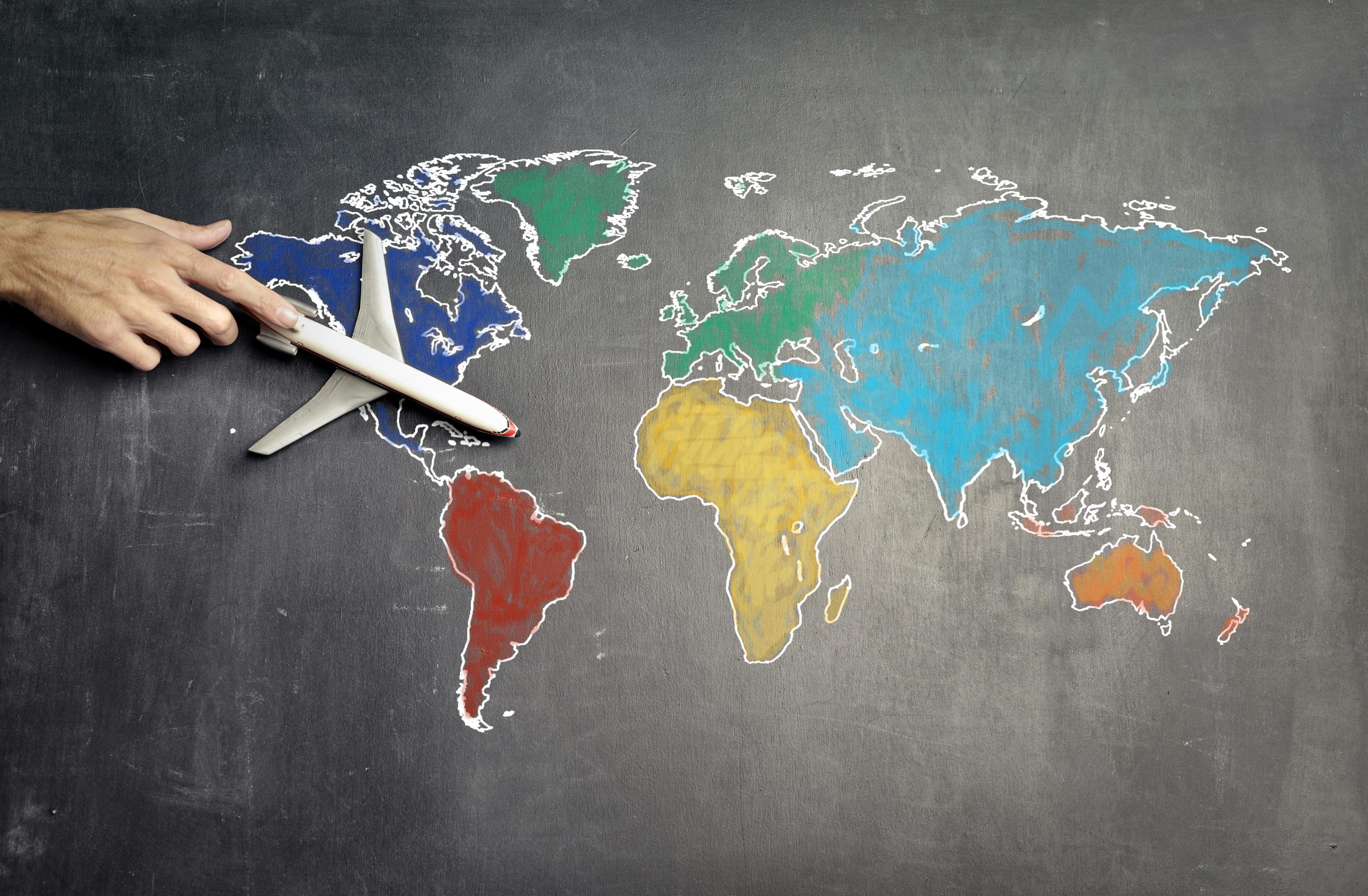5.2: Recent Global Developments in Procurement

Public procurement is one of the fastest-changing government functions. Over the last 15 years, procurement has moved from an administrative function to a strategic responsibility that plays a critical role in public expenditure management, quality of governance, promotion of economic development, and commercial integration. The pace and progress of this evolution have been uneven, and in many developing economies procurement is still treated as a process function to some extent. In addition, in most countries procurement has not been fully integrated and aligned with the strategic vision and objectives of the government, thus becoming an obstacle to, rather than a support for, meeting those objectives.
Until the early 1990s, the procurement function was typically confined to the application of rules for the government purchase of goods, services, and civil works. Procurement units were housed in individual ministries, and individual government agencies worked in isolation, with responsibilities limited to processing purchase orders or administering competitive bids. These procurement units delivered contract award recommendations for approval by senior officials and subsequent processing by the legal or financial units in the organization. They were generally understaffed, with officers who had no formal education in the subject. The function itself was regarded as a backroom activity that received little or episodic attention only when a procurement scandal or mishap emerged.
The modern concept of procurement is that of an essential support to good public sector performance and to the achievement of the country’s economic and social goals. In other words, it is an integral part of public expenditure management and is moving from being a mere processing task to a management and knowledge-based activity that supports good governance and enhanced accountability.
Important developments in the early 1990s triggered this change in perspective. Some of these events forced governments to focus on procurement as they sought to adapt national systems to international trade agreements and to new business concerns. In addition, civil society’s growing concerns about corruption and the greater demands for accountability and results made politicians aware of the importance of procurement as a strategic government function. Several events or developments during this period served as important drivers in reforming procurement:
- In 1992 members of the European Community signed the Maastricht Treaty, creating the European Union. The multiplicity of national procurement systems was an impediment to free trade and forced governments to align their national systems. In the early 1990s, the European Commission issued a green paper on public purchasing to open the discussion on the topic of procurement with the private sector, the contracting bodies, and other stakeholders (Nielse and Treumer 2005). The result was a call for system simplification, modernization, and flexibility, which culminated in the procurement directives adopted in March 2004.
- In 1994 the Uruguay Round of the General Agreement on Trade and Tariffs (GATT) culminated in the signing in April 1994 of the Government Procurement Agreement (GPA) and the creation of the World Trade Organization in 1995. The GPA introduced a multilateral framework for government procurement that aimed to achieve greater liberalization and expansion of world trade.
- In 1994 the United Nations Commission on International Trade Law (UNCITRAL) published the Model Law on Procurement of Goods, Construction and Services. This law was “in response to the fact that in a number of countries the existing legislation governing procurement is inadequate and outdated,” resulting in inefficiency and ineffectiveness in the procurement process, patterns of abuse, and the failure of governments to obtain value for money in the use of public funds (UNCITRAL 1999).
- In the mid-1990s, international development institutions shifted the focus of procurement due diligence from supervising borrower compliance with their policies and procedures to systemic analysis, risk assessment, and policy advice on how to improve national systems.
- Beginning in the early 1990s, technological innovation made available new tools for electronic procurement that revolutionized the ways in which governments could do business. These technologies made it possible to minimize or eliminate the interaction between procurement officials and bidders, reducing the opportunity for collusive practices. The new technology also permitted more efficient procurement methods (such as reverse auctions and catalog purchasing under framework contracts), wider competition, and the possibility of better monitoring of procurement and more informed planning.
- In 2006, OECD began work on producing a standardized diagnostic tool to assess public procurement systems and their performance (OECD 2006). The long-term goal is that this tool will gradually evolve into an internationally accepted set of standards for good procurement that can be used by governments as a benchmarking and monitoring instrument.
Checkpoint 5.2
Attribution:
“5.2: Recent Global Developments in Procurement” is adapted from Accountability in Public Expenditures in Latin America and the Caribbean: Revitalizing Reforms in Financial Management and Procurement by O. Lapido, A. Sanchez and J. Sopher, copyright © 2009 the World Bank, licensed under a Creative Commons Attribution 3.0 IGO License, except where otherwise noted.
The multiple choice questions in the Checkpoint boxes were created using the output from the Arizona State University Question Generator tool and are shared under the Creative Commons – CC0 1.0 Universal License.

